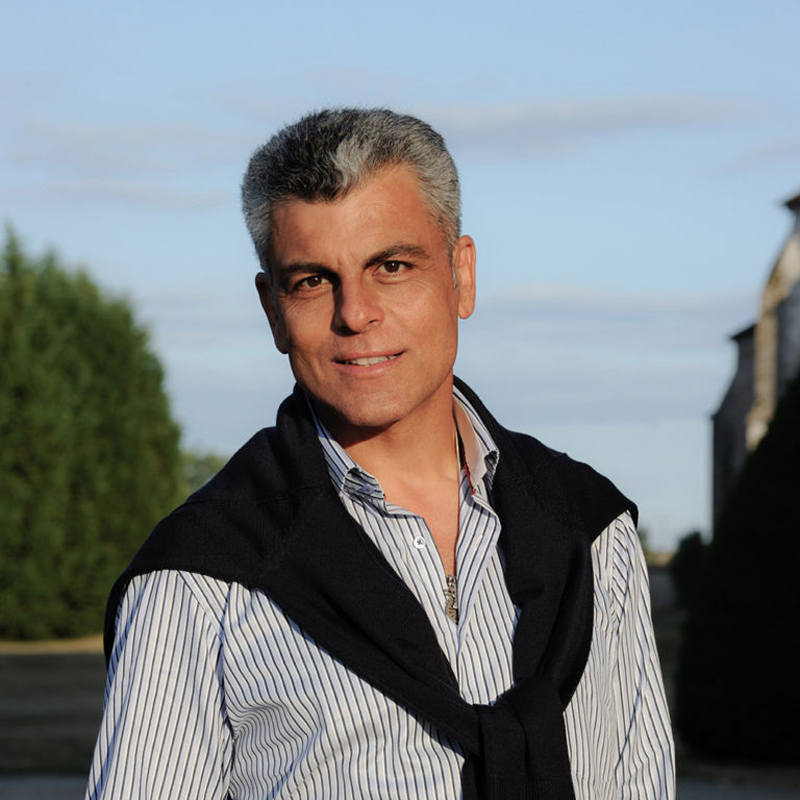Customizable
EPHEBE OF MOZIA, ITALY (11/21)
Référence :
Black and white photograph of a Phoenician deity on the island of Mozia in Sicily, by Ferrante Ferranti. The charioteer of Mozia is a marble statue from the 5th century BC. Her posture, arched and even sensual, and her outfit make this work atypical and give it over to many and varied interpretations.
The artist explores the vestiges of the past through the play of shadows and light created by the sun on the ruins. With the soul of an archaeologist, this architect by training combines his photographic work with his passion for antiquity and the Baroque.
Length : 0.39 in / 1 cm
Height : 35.43 in / 90 cm
Width : 23.62 in / 60 cm
Weigth : 2.2 lb / 1 kg
Artist : Ferrante Ferranti
Categories : Photographs, Architecture, Black and white
Technique: Digital photography
Support: Pigment print on baryta paper (Canson Fine Art Baritta), laminated on Dibond
Dimensions: 90 x 60 cm
Number of copies: 21 signed and numbered prints
Year: 1987
Inspiration: The Charioteer of Mozia is a marble statue from the 5th century BC, discovered in 1979 in Motyé in Sicily during the excavations carried out in Mozia, between the sanctuary of Cappiddazzu and the city walls. Its posture, arched or even sensual, the wearing of a tunic, a rather feminine attribute in Greek sculpture which depicts men most often naked, the border of the tunic and the oriental pectoral belt, and its slightly larger size than the average of Greek statues, make this work atypical and give it up to many and varied interpretations.
“At the age of 16, I had the revelation of Les Pierres sauvages, an imaginary account by the architect Fernand Pouillon of the construction of the Cistercian Abbey of Thoronet, in Provence. The text translates above all the mystical impulses of a master builder of the Middle Ages and the trials he encounters to tame the material. I thought I had found my vocation: I would be an architect! The first edition was illustrated by some black and white images by Lucien Hervé, who later became Le Corbusier’s photographer. They echoed the book in the Zodiac collection on Catalan Romanesque art owned by my parents, in which Jean Dieuzaide formed my gaze with his deep blacks and phosphorescent whites. During my studies in Toulouse, I discovered the heritage of the Southwest, made of sharp edges, granular stones, hot bricks, sensual warheads. The walls and cloisters often belonged to a palimpsest whose first layers date back to Roman times. Elsewhere, in Greece or Jerusalem, I was sensitive to the fractures of time and the stigmata of history. And seeking to translate its harmony or dissonances, I wrote with light, I became a photographer. The Liturgy of the Hours dictates the encounters of light with stone. Ephemeral, they call for meditation on the energies of visible realities that reveal the invisible. On the sidelines of these fleeting dialogues, the wild stones lacked life. I met her in the rites associated with the other Elements—water, fire, air—in sanctuaries inhabited by the Spirit. Ablutions and immersions, gestures of purification or prayer of the Hindu or Buddhist, Hebrew or Jain, Christian or Muslim faithful, embody matter, and help us to cross the mirrors of appearances to access the Saints of Holies.”
Ferrante Ferranti

Ferrante Ferranti
FRANCE
Born January 13, 1960 in Algeria, of a Sardinian mother and a Sicilian father. He took his first photograph at the age of eighteen, a wave in Belle-Île-en-Mer. Passionate about Fernand Pouillon’s book, Les Pierres Sauvages, he began training as an architect in Toulouse, which he completed at Paris-UP6 in 1985 with a diploma in Theaters and scenography in the Baroque era. Traveling photographer, he has been involved for thirty years with Dominique Fernandez in a joint exploration of the Baroque and the different layers of civilizations, from Syria to Bolivia via Sicily and Saint Petersburg. His photographs dialogue with the texts of the writer, who defines him in the album Itinerrances (Actes Sud, 2013) as “the inventor of a language which links the sun to the ruins, in search of the meaning hidden in the forms” .


